Finding or recognizing home when you see it may be a life-long pursuit — but one could argue that the search for self, in physical and mental health, is first and foremost. The Myth of Normal suggests that many of us may face tough challenges ahead when it comes to establishing a lasting sense of normalcy.
The Myth of Normal, Trauma, Illness and Healing in a Toxic Culture, by Gabor Maté, with Daniel Maté
Penguin Random House 2022
ISBN 9780593083888
Sheana Ochoa
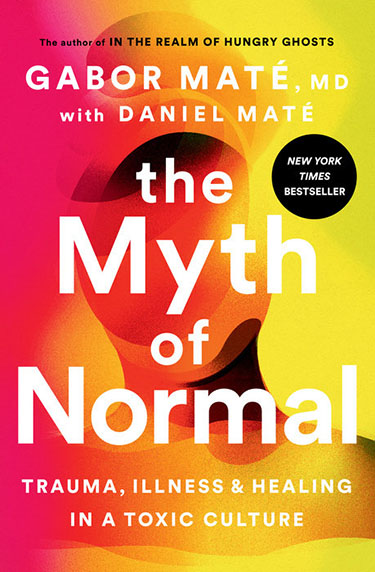
The 21st century is a trauma-literate era, most evident in the colloquial use of the word “trauma” — whereas earlier, we used “hardship.” Our lives are now filtered through the “traumas” we have endured. Trauma is not viewed as one event that occurred in the past, but as an ongoing wound (the original meaning of the word in Greek) that we try best not to activate or, to use another modern term, trigger. There are content warnings on social media and streaming videos. It is now accepted that people other than sexual assault survivors and war veterans can have post-traumatic stress disorder (PTSD).
In the short span of this still-young century, we have lived through the #MeToo movement and Black Lives Matter, witnessed the direct results of climate crisis, and are now entering the fourth year of a global pandemic the result of which is that, in the United States alone, thousands of people are dying weekly from Covid (over 267,000 people died of Covid-19 in 2022, according to preliminary data from Johns Hopkins University). Trauma can be seen everywhere, including the decades-long conflict in Palestine and, more recently, the war in Ukraine.
In his newest book, The Myth of Normal, physician and trauma expert Gabor Maté focuses on North America and particularly the United States, where he sees both gun violence and the opioid epidemic — with avoidable loss of life and large-scale addiction, respectively — having trauma at their core and leaving it in their wake. Maté not only believes that trauma lies at the root of our social maladies, but that it is the norm, the rule rather than the exception. Most of us, he proposes, are traumatized to some degree or other. Our society is like the proverbial frog in a pot atop a low flame. We’re in the soup, and we cannot tell it is heating up. Maté argues that we have become so accustomed to a toxic culture that we believe it to be normal. This comes from our inability, Maté maintains, to be true to ourselves in a trauma-ridden world where our traumas go unseen, and are consequently ignored by us and others. The result? Our most basic needs for belonging and connection are unmet. Maté writes:
We humans have a genius for getting used to things, especially when the changes are incremental. The fangled verb ‘to normalize’ refers to the mechanism by which something previously aberrant becomes normal enough that it passes beneath our radar. On a societal level, then, ‘normal’ often means ‘nothing to be seen here […] no further inquiry needed.’
Though 21st century society uses the language of trauma, it does its best not to address it.
Maté’s working definition of trauma is an “inner injury, a lasting rupture or split within the self due to difficult or hurtful events.” He stresses that the injury is not caused by the event itself, but by “what happens within someone as a result of the hurtful events.” By this definition, “[t]rauma pervades our culture, from personal functioning through social relationships, parenting, education, popular culture, economics and politics. In fact, someone without the marks of trauma would be an outlier in our society.”
Over four decades of clinical experience, Maté has come to recognize the prevailing understanding of “normal” as false, neglecting the roles that trauma and stress, and the pressures of modern-day living, exert on our bodies and our minds at the expense of good health. For all our expertise and technological sophistication, Western medicine often fails to treat the whole person, ignoring how today’s culture stresses the body, burdens the immune system, and undermines emotional balance.
Having presented his worldview of what is “normal,” Maté examines what most ails the world, delving into his beliefs about people who are chronically ill, those with addictions, and those who are mentally ill. He postulates that these societal maladies are a result of unresolved, deep-seated trauma. In other words, Maté identifies trauma as the root of why one in two American adults have a chronic health condition, why so many of us struggle with addictions from workaholism to gambling, and why depression is on the rise.
In the case of mental illness, he proposes it not be diagnosed — and uses the fact that there are no biomarkers for mental illnesses to support his stance. (There aren’t biomarkers for many illnesses, including asthma and amyotrophic lateral sclerosis or ALS.) Rather than being diagnosed, Maté prescribes that mentally ill people need to heal the wounded part of themselves that got separated by trauma. Maté’s take on schizophrenia: “The science is clear and, again, belies popular prejudice. No ‘schizophrenic gene’ has ever been found—or, more accurately, claims of its discovery have had to be serially retracted […] No fixed genetic destiny here, but a survival need composed of constitutional vulnerability and overwhelming life experience.”
Maté’s trauma theory also trumps the disease model of addiction. He does not believe addictions are passed down by genes or that someone is predisposed. Rather, addicts have learned behaviors to cope with “injuries,” or traumas in their life. Maté writes, “Addictions of any kind are not abnormal ailments, wilfully self-inflicted maladies, brain disorders, or genetic short straws. Properly understood, they are not even that puzzling. As with other ostensibly mysterious conditions named in this book, they are rooted in coping mechanisms [that are] an attempt to soothe the pain of injuries incurred in childhood and stresses sustained in adulthood.”
Such a viewpoint flies in the face of twelve step programs such as Alcoholics Anonymous where you have a drunk who has everything to gain by staying sober — his life, family, career and health — and, not for lack of doing the inner work, returns to the drink. Keep in mind, most people come to AA after undergoing intensive therapy. In AA, members must make a “thorough and fearless moral inventory,” that aligns with the inner work Maté says an addict must face. Even with self-inquiry, even after making amends to the people the addict has harmed, including himself, recidivism is high in AA. And yet, after facing such “injuries,” the success rate of AA is only between 5% and 10%. A mechanism beyond a defragmented, traumatized self — a disease mechanism — is unquestionably in play.
Maté’s neat theory of everything as seen through the lens of trauma is a tempting pill to swallow, but it is only helpful in recognizing what might make someone susceptible to illness, or what might exacerbate illness. While it’s well- documented that the stress of trauma causes inflammation and weakens the immune system, we know the biological culprits of many diseases. In fact, it is only the diseases science has not figured out yet that are depicted as psychological, and often psychosomatic. This was the case with multiple sclerosis (MS) in the 1970s until magnetic resonance imaging (MRI) was invented. One can see the danger in Maté’s reluctance to diagnose in some areas and replace the disease with trauma-informed psychotherapy. Without diagnoses we can’t name and, more importantly, treat diseases.
Maté does not go so far as to say diagnoses such as cancer and diabetes should not be made, but he reveals his true convictions in his example of the late Robin Williams, who committed suicide at the age of 63. Maté attributes both Williams’ mental illness and his Lewy body disease to trauma:
Long before [Williams] developed a degenerative disorder, he suffered from what he called ‘please-love-me-syndrome,’ a self-diagnosis far more penetrating than anything a DSM-toting psychiatrist could come up with. I find myself wishing someone had guided him to connect the dots, to see that ‘syndrome’ as the emotional endoskeleton of his manic-depressive swings, addictions, and suicidality, and very likely his terminal brain condition as well.
I italicized “manic-depressive” above to show how useful the diagnoses of conditions are, so much so that even Maté employs them to articulate his opinion on the matter, which wildly attributes even Williams’ Parkinsonian symptoms to the trauma of his “please-love-me-syndrome.”
It’s slippery territory, à la the New Age Movement of the last century (more on this below), when one ignores biology and blames something solely in one’s biography for his or her physical or mental illness.
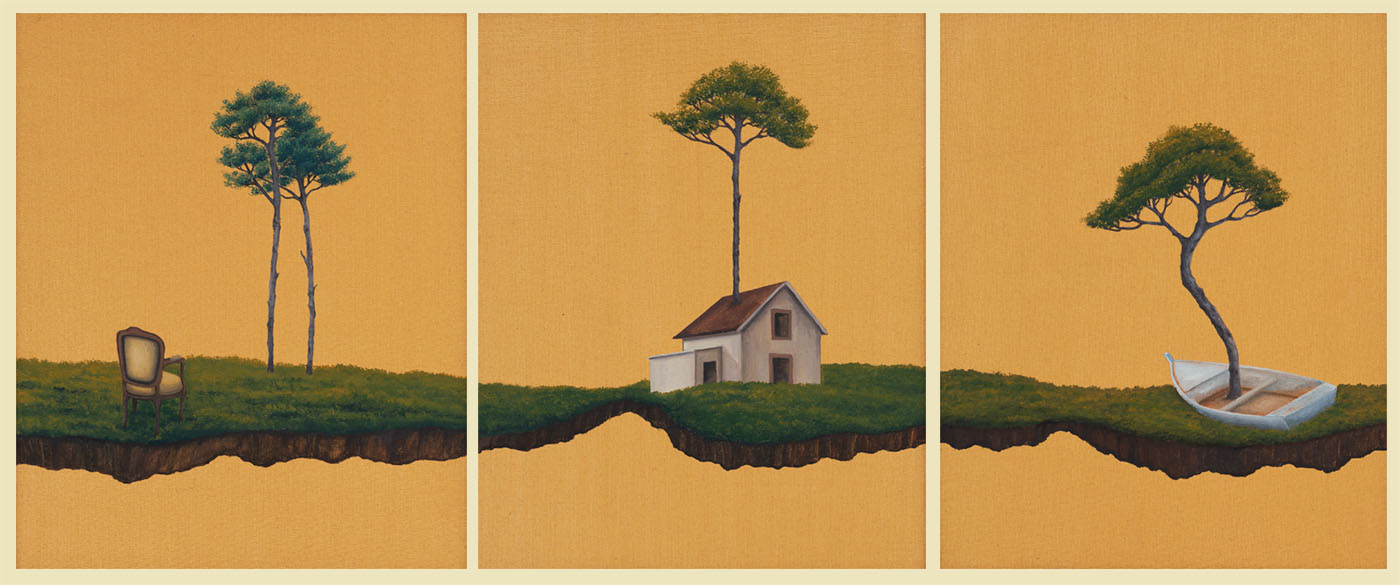
This leads us to the last act of the book, where Maté tackles healing and elaborates on his trauma-based work. He begins by stating that healing is not a cure, but a process of becoming whole mentally, physically, and spiritually. Yet he follows this up with a series of anecdotes about people who have gone into remission or have otherwise physically overcome their disabilities. Such examples are biased and Maté should know better. He writes:
The Harvard psychiatrist Dr. Jeffrey Rediger, who has explored many cases of ‘miraculous’ recovery from terminal malignancy and other fatal diseases, told me that a transformation of identity […] seemed to him to be the key. ‘It’s a nebulous concept,’ he conceded, ‘but ultimately that’s where the healing is to be found. These people who get better really change their beliefs about themselves or their beliefs about the universe.’
Tell that to beloved self-help author and speaker Wayne Dyer, who died of cancer in 2015, or Ram Dass, the psychologist and spiritual teacher who helped popularize Eastern spirituality in the West, and suffered a stroke that severely limited his ability to spread his teachings, as he had to use a wheelchair for over two decades and lost some of his speech.
Maté’s approach no doubt comes from a noble desire to encourage people to heal and grow (the remaining chapters of the book spell out his instructions for becoming whole again after trauma), but it is ableist and dangerous to tell people with a chronic mental and/or physical illness that they can heal themselves. Louise Hay, New Age self-help author, notoriously preached self-love as the answer to health conditions. This gave hope at the height of the AIDS epidemic to many gay men who were dying at alarming rates with no medical treatment in sight. Self-love, it turned out, could not save them.
People with untreatable illnesses often turn to alternative medicine and self-help gurus because, until medicine catches up, it is the only place they find answers. The alternative is to give up, and human beings, if anything, are wired to try to survive. The problem is that when offered a solution such as “thinking positively,” meditation, or healing your separated self, the patient is led to believe he is in charge of the course of his illness. When he does not recover or “get better,” he is blamed, and may even blame himself, for not having mastered “positive thinking,” or for not meditating “right,” or for not reckoning with his trauma correctly. Blaming someone for his or her illness is a damaging practice.
By highlighting miraculous recoveries, Maté promotes this dangerous philosophy. Besides, such testimony doesn’t leave room for other people’s stories. More specifically, it doesn’t leave room for those who have done the inner work, have reckoned with their past, but still haven’t healed physically. There is also a newer story, one that defies the militant story of battling illness, beating it, and going back to the way things were. What if instead of sentencing a patient to the battlefield to fight against her own body indefinitely, we are accepting of a space for illness and befriend the body, even if it means the patient remains ill? That story will rub most people the wrong way. We’re conditioned for recovery stories, cringe at what is perceived as a “failure,” and often discard those patients’ stories that don’t center on a “victor.”
Never one to throw away the baby with the bathwater, I believe Maté is on point about our toxic culture. There’s no doubt that trauma contributes to our anxieties and disorders; it just isn’t their sole cause. Health, or lack thereof, is a result of biomes, biology, genetics, and biography, not just this last factor. What we’ve been learning about trauma, PTSD, and Complex PTSD from scientists, philosophers, and doctors is indispensable to medicine, but there is no panacea for trauma. Rather, it needs to be added as a mind-body corollary to other healing modalities, both old and new.
En fin, Maté’s trauma model is no different from our medical model. Its end game is to fix the person, to make things go back to “normal,” but as we know, there is no normal. Rather than fix, we can acknowledge people’s struggles, illnesses, grief, and troubles, realizing that, like everything else, there’s a process we go through that doesn’t always end in physical or mental recovery. Recognizing that fact may be the most compassionate way of dealing with our collective and personal challenges.



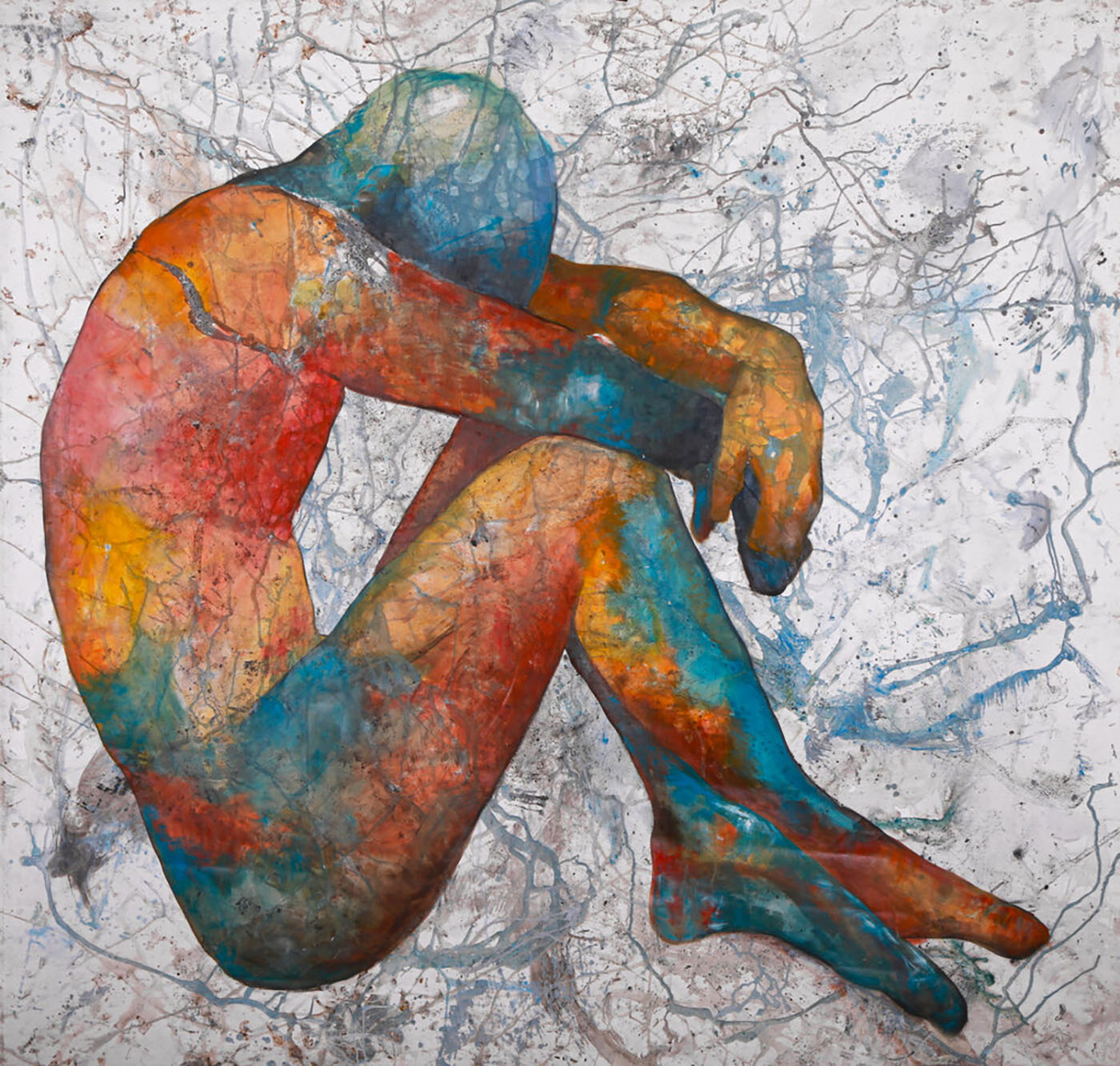
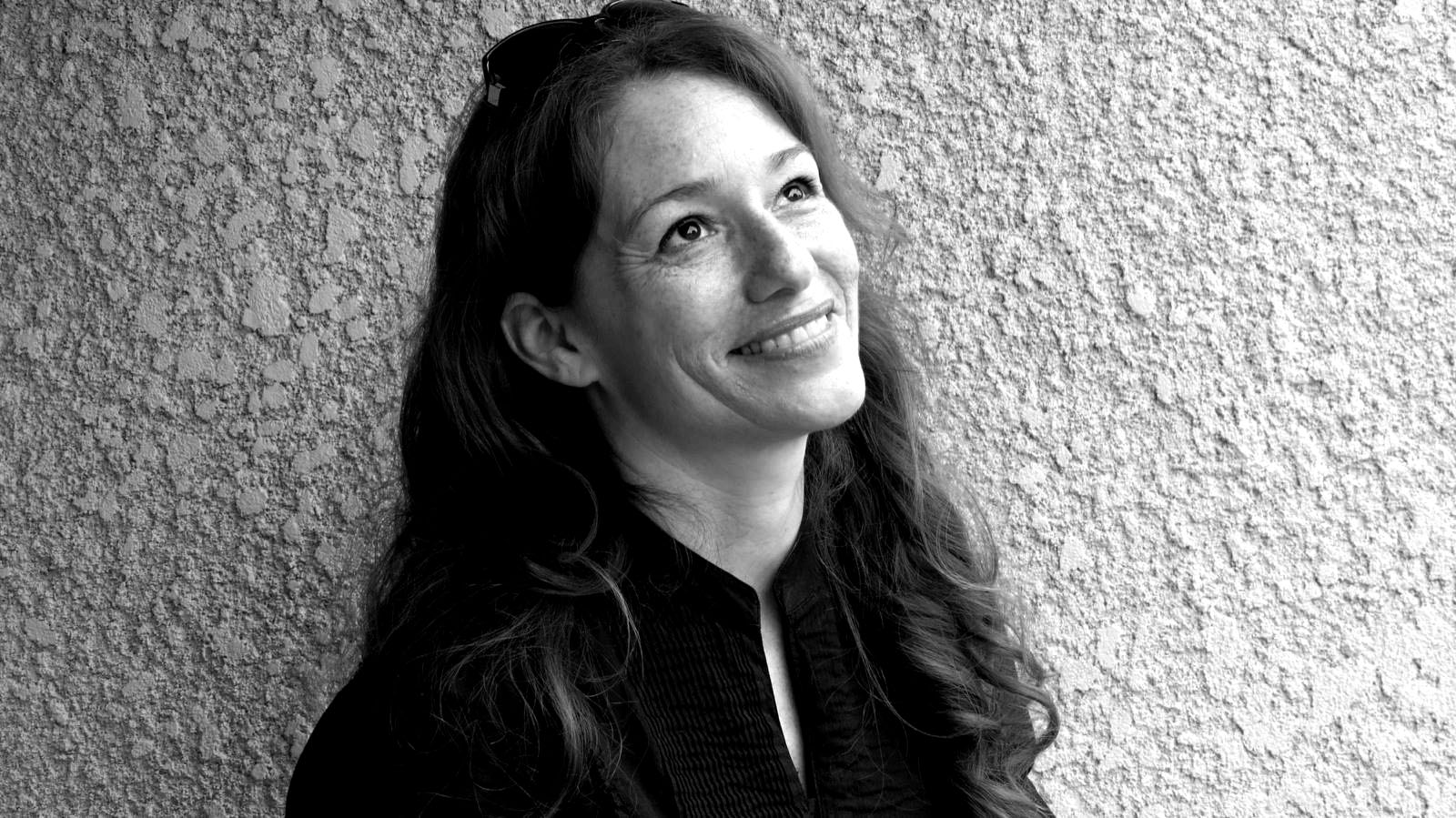
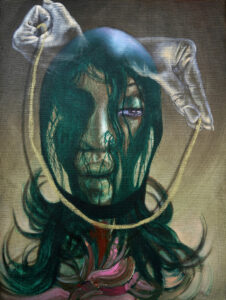
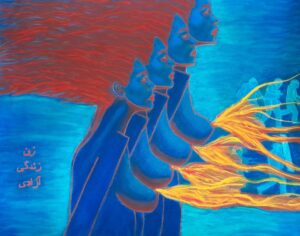

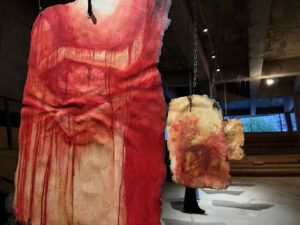






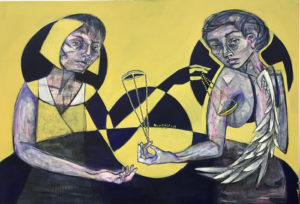

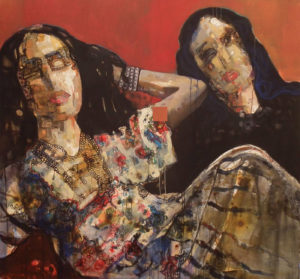



Very good article. Thank you. I’ve been enoying Gabor’s talks for more than a decade. The work he has done for the Vancouver drug adddiction epidemic is unparalleled. To the mainstream, Maté has single handedly brought the idea that addiction and trauma are not only related but directly connected. An idea that I share wholeheartedly. That said, the writer of this article makes a valid point. The obsession of completely recovering from trauma can be harmful harmful. Especially in a goal driven society. Most often, there is no ”reaching the top of the mountain’.’ Sometimes, setting up camp half way up is more than fine. In my case, learning about my own limitations, doing what I can to help my situation and lastly, accepting said situation has been most effective for me.
Sheana’s analysis is insightful. I commend her for honestly critiquing trauma theory, which is reasonable, of course, but only up to a point. As much as I respect Maté’s work, I’m not convinced that every ill, whether personal or societal, can be put down to “trauma.” Life is constantly in flux. Things happen. And because we can’t turn back the clock, some situations require acceptance, or finding work-arounds or some other healthy coping mechanism. Otherwise we’d never find any sense of peace or have the ability to move forward from traumatic experiences. I appreciate how Sheana has brought that out.
“En fin de compte, le modèle de traumatisme de Maté n’est pas différent de notre modèle médical”… Pourquoi alors dans ce cas doit-il TAIRE le nom de certains médecins cités dans cet excellent ouvrage, sous peine de REPRÉSAILLES de VOTRE corps médical à leur encontre et qui cependant éclairerait significativement vos recherches et accentueraient la formation de modèles de guérison différents des vôtres? Ici, au Canada, les “civilisés évolués” (?…) nomment les Peuples des Premières Nations des “Sauvages”. Or, QUI a pu et su résidé et habité dans cette grande Amérique pendant plusieurs millénaires alors que “les grands civilisés évolués que nous sommes” (sic) l’ont détruite en même pas deux seuls petits siècles de civilisation “évoluée”?… Idem pour l’écart abyssal qui séparent nos sciences de la sagesse. La science, ne considérant plus la sagesse de la Nature et ses lois innées et incontournables, NE MÉRITENT PLUS l’estime qu’on lui portait et que vous lui octroyez haut et fort! Rappelons juste qu’elle est issue de la Renaissance, où l’on replongea dans les écrits des anciens?!… Zozo ou zouzoune qui raconte sa vie à tue-tête dans nos métros assis juste à coté en pleine heure de pointe, le + légalement et normalement qui soit (pour eux mais pas pour nous qui avons à les subir), est-ce vraiment cela qu’on peut nommer « l’aboutissement de l’Évolution? Permettez-moi très très sérieusement d’en douter, de même que de votre médecine moderne qui ne considère plus la place de la Nature dans notre univers, civilisationnel et stressant!
P.S. : Je n’ai pas lu votre article, votre dernière phrase citée ci-haut ne m’en a donné tout sauf l’envie!
P.P.S. : Je viens d’en survoler quelques lignes avant de vous envoyer mon commentaire et, très honnêtement, mon refus de lire tout votre article s’est accentué!